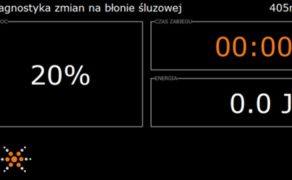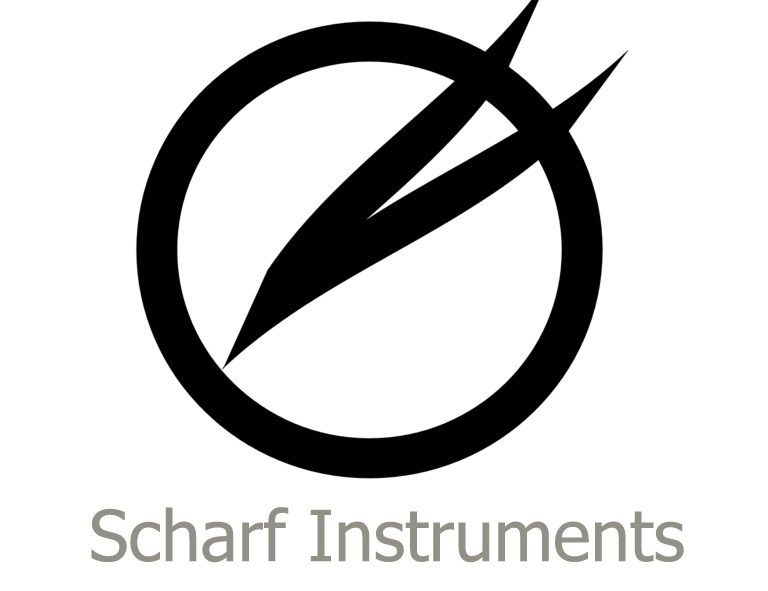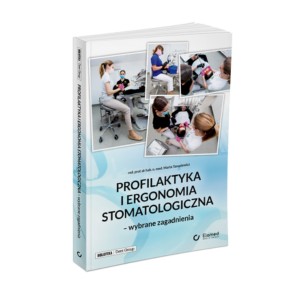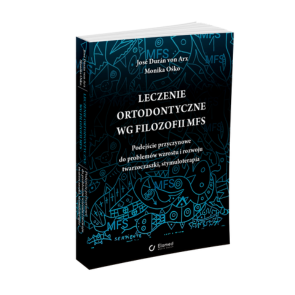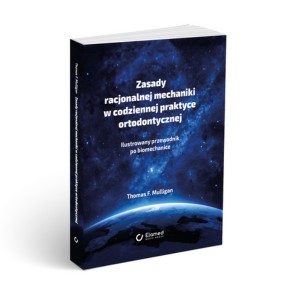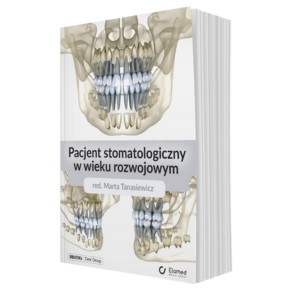Ocena porównawcza dynamicznych i biernych systemów przepłukiwania kanału korzeniowego w aspekcie skuteczności oczyszczania kanału oraz ryzyka przepchnięcia środka płuczącego poza wierzchołek kanału
The teeth were then randomly divided into three experimental groups according to the irrigation technique used and one control group for the cleanliness evaluation. Random allocation was done using lottery method.
Group 1 (n = 15), irrigation was performed using the Endovac irrigation system (Discus Dental, Culver City, CA).
Group 2 (n = 15), irrigation was performed using a 30-gauge, tip-vented irrigation needle (NaviTips, Ultradent, South Jordan, UT).
Group 3 (n = 15), irrigation was performed using a 30-gauge, side-vented irrigation needle (Maxi-i-probe, Dentsply, Rinn, Elgin, IL).
The control group (n = 5) received instrumentation, with no irrigation serving as a control for cleaning efficiency.
The outer surface of the roots was then coated with two layers of nail polish (except the apical 2 mm of the root) to control the transport of the irrigation solution via any lateral canals. The teeth were then mounted in a cylinder-shaped stone with a 10-mm diameter. The top end of the stone was levelled with the cemento-dentinal junction (CDJ), while the bottom end fell 2 mm short of the apical tip of the root. The whole assembly was then seated on a copper mould with the same diameter as the stone, where the exposed apical part of the root was contained within a 3-mm hole to collect the extruded irrigation solution. The interface between the stone and the [...]

którzy są subskrybentami naszego portalu.
i ciesz się dostępem do bazy merytorycznej wiedzy!




